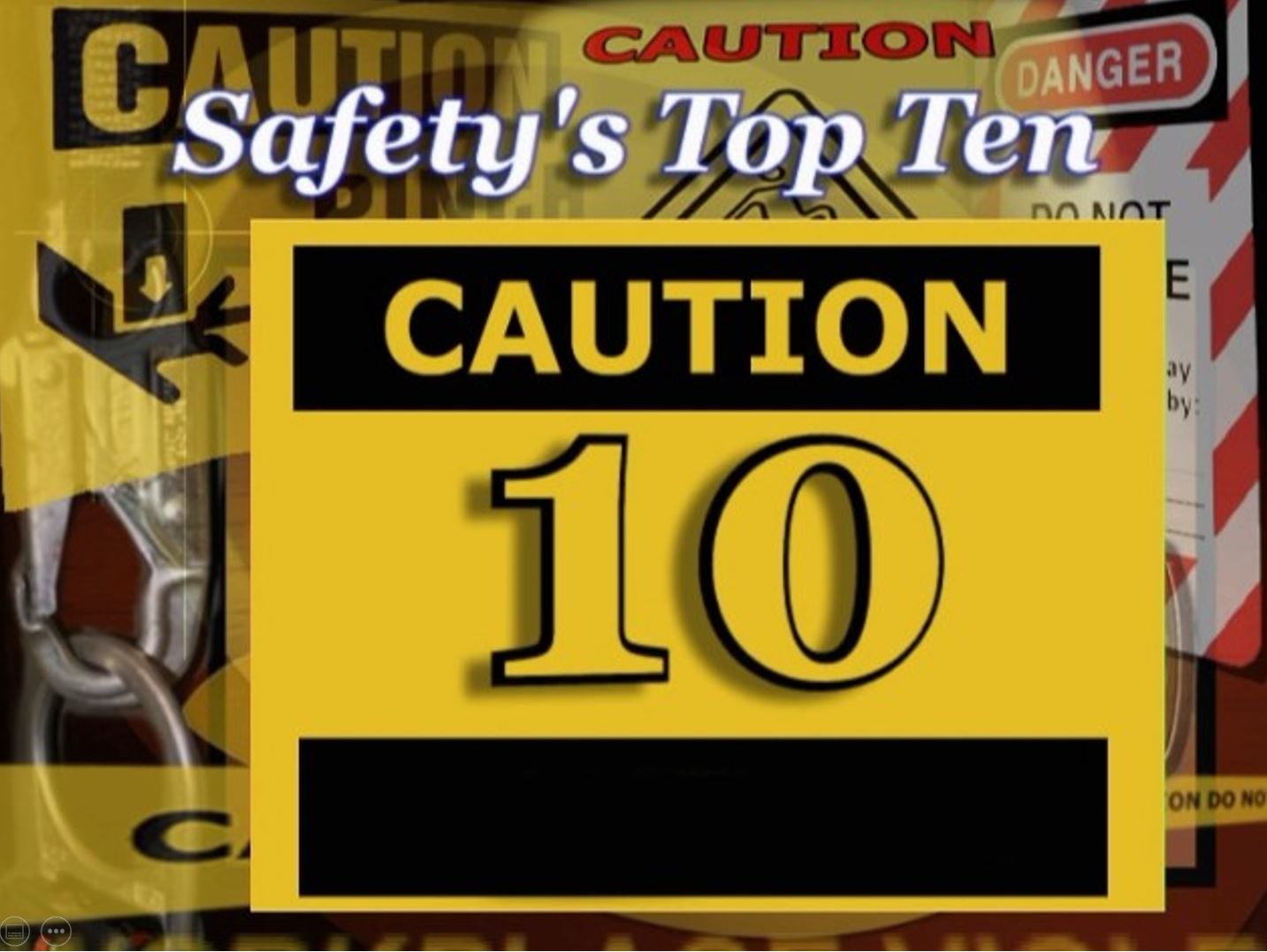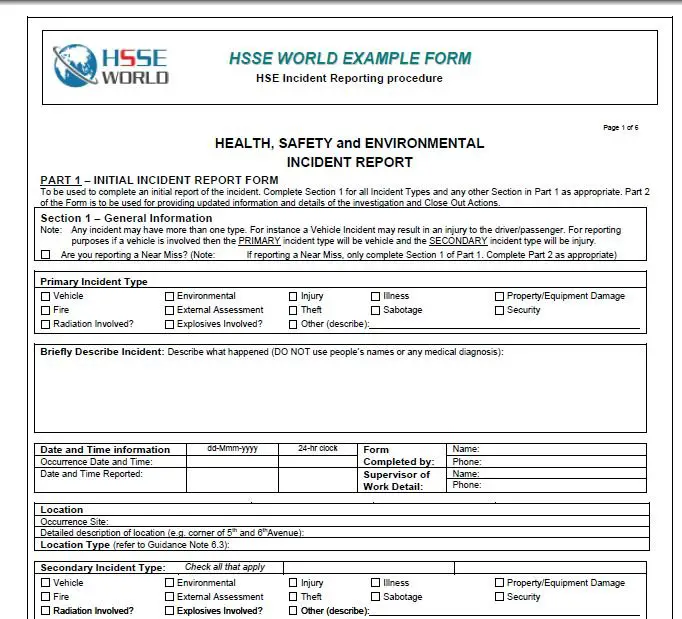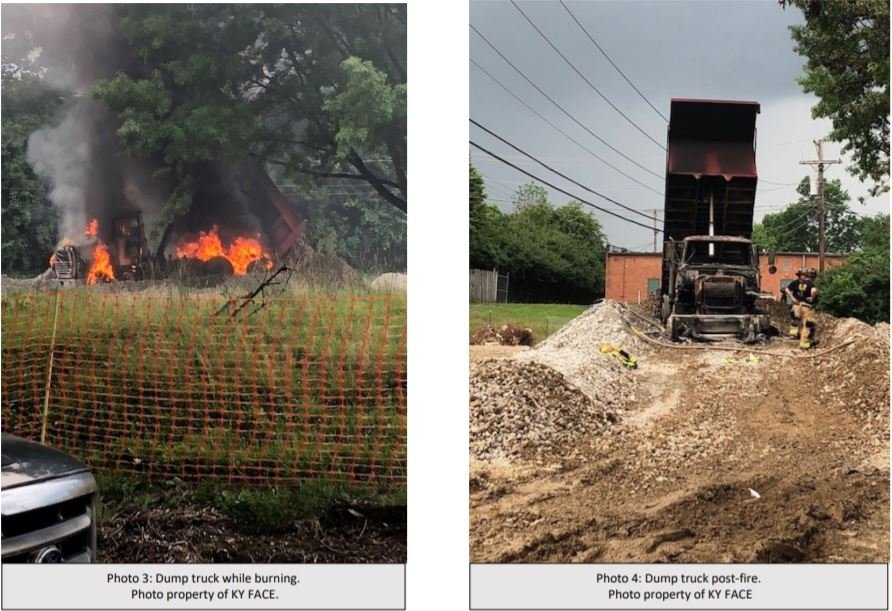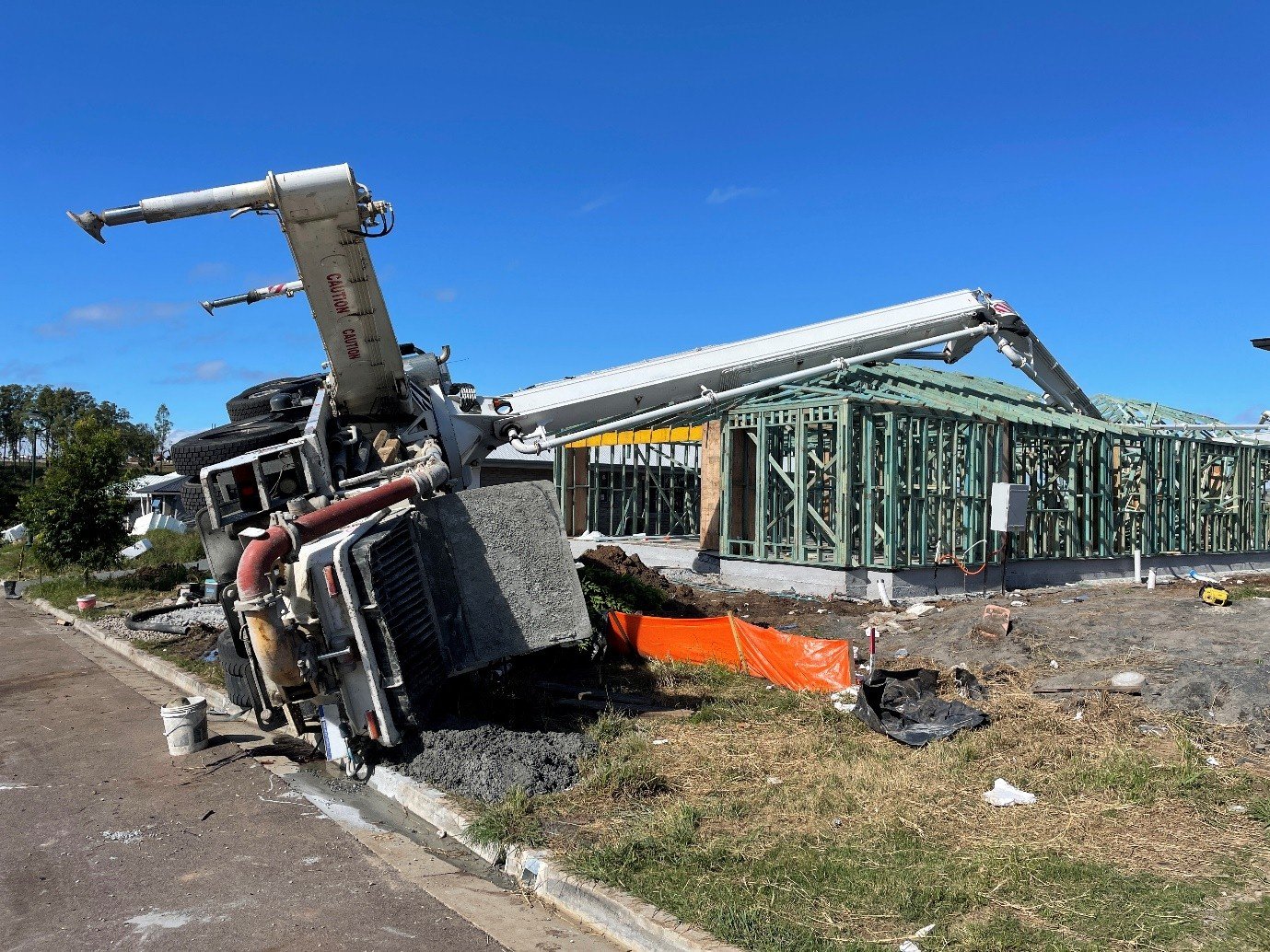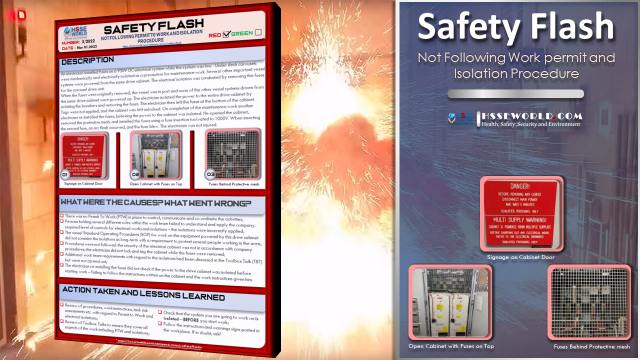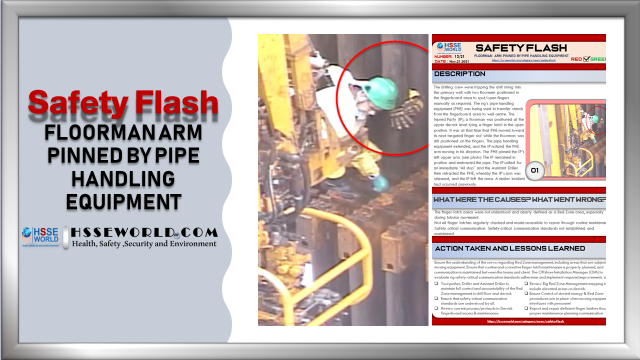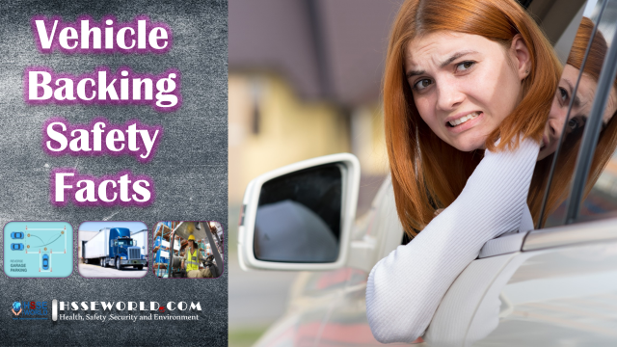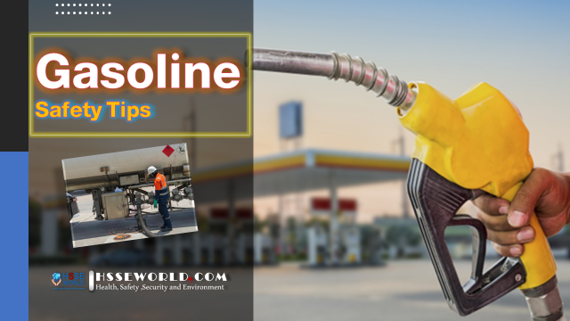SAFETY’S TOP 10
Every day, millions of people arrive at their place of work in order to perform their jobs and support their family and loved ones, but not everyone makes it home. With disturbing regularity, thousands of employees and contractors are injured or killed while on the job each year.
Some people make the mistake of calling these types of incidents “accidents” and chalk them up to just “bad luck” or just being “in the wrong place at the wrong time,” but safety professionals know better. Injury statistics show that the same types of incidents continue to occur over and over again.
In this article we have created a composite list of the top ten causes of workplace injury; but more importantly, we’ll show how these injuries can be prevented.
NUMBER TEN: WORKPLACE VIOLENCE
We are all familiar with the high-profile incidents, which make headline news; however, many violent workplace incidents go unnoticed, except, of course, for those directly involved.
In order to avoid or alleviate the potential for violence in the workplace, employees must be able to recognize risk factors exhibited by co-workers. These risk factors include emotions such as irritability, uncontrolled anger, mood swings, and withdrawal.
These employees complain frequently, threaten to harm or get revenge on fellow workers, and often blame others for their problems.
If you observe someone exhibiting symptoms of aggressive behavior, report it to the proper company authority. While you may not want to get involved, reporting these types of incidents is critical to preventing potential violence.
Should you get in a confrontation, do not allow it to escalate. Do not participate in name-calling, threats, or physical contact; stay calm.
Don’t argue, disagree or make judgments; instead, offer a compromise and try to defuse the situation. If this fails, break contact, walk away and report the situation.
NUMBER NINE: REPETITIVE MOTION INJURY
Repetitive Motion Injuries, also called Cumulative Trauma Disorders, can occur when workers use the same movements over and over again for an extended period of time.
Two main techniques to combat cumulative trauma disorder are to limit the time spent doing any repetitive task and to use proper posture and body position while doing that task.
Proper posture generally means keeping our joints in a neutral position. Don’t force hands, wrists, or other body parts into fully flexed or awkward positions while working.
Whether sitting, standing, or kneeling, proper posture means keeping your head and neck aligned with your shoulders, back, and hips.
In addition to proper posture, taking periodic breaks when performing repetitive tasks reduces wear and tear on our body and helps prevent cumulative trauma injury.
Job rotation is another way to give joints and muscles a break. Job rotation allows workers to change positions or job tasks periodically to prevent overuse of any particular body part.
Some symptoms of cumulative trauma disorder include pain in the affected area as well as tingling, burning, weakness, or swelling. These are all warning signs from your body and indicate overuse.
Pay attention to the information your body is telling you. Discuss your concerns with your supervisor and take action to prevent injury.
NUMBER EIGHT: ‘CAUGHT IN’ OR ‘CRUSHED BY’
Any type of moving equipment, tool, machinery, or solid object can cause serious injury when any body part gets in the way.
Commonly called pinch points, nip points, or crush points, the key to preventing this type of injury is to stay clear of these hazardous areas.
Many workers are “caught in” or “crushed by” moving parts when they remove, bypass, reach around, or otherwise “cheat” machine guarding and protective devices.
Remember that machine guarding protects you from hazards; never remove or defeat machine guarding while a machine is energized.
If guarding must be removed for service, always follow lockout/Tagout procedures to ensure the machine will not start unexpectedly.
Use an assist device to clear jams or move materials to keep hands away from a machine’s hazards.
Also, avoid wearing long hair, loose clothing, and jewelry near moving equipment. These items can quickly become entangled, often leading to disastrous consequences.
NUMBER SEVEN: MOTOR VEHICLE COLLISIONS
The most important safety decision you can make when it comes to preventing motor vehicle crashes is to avoid distracted driving.
Make no mistake, operating a motor vehicle is a high-risk activity that requires dedicating your full attention to driving safely at all times. You simply can not devote your full attention to driving if you are simultaneously doing other things.
Dialing your cell phone, texting, programming your GPS, selecting a playlist, even eating are all distractions that take your eyes off the road too long for you to drive safely.
For example, dialing a number on your cell phone takes an average of six seconds; reading or sending a text message or email takes even longer. A lot can happen in six seconds and you never know when or where a sudden driving hazard will present itself.
Just talking on your phone is a hazardous distraction. Missing turns, passing your destination, or failing to notice stopping traffic until you have to slam on brakes, are all warning signs of distracted driving.
Drivers who don’t modify their behavior are at a high risk of a crash. Prevent distractions by taking a few moments before departing to select songs, program a GPS, or finish a snack.
Make any necessary calls or texts before you start driving then put the phone away. Don’t answer any incoming calls or read messages until you arrive at your destination or pull over in a safe area.
Statistics don’t lie; distracted driving accounts for over half of all crashes. Distracted driving is extremely dangerous and must be avoided.
NUMBER SIX: STRUCK BY
Workers can easily be injured when they are struck by falling, flying, or moving objects. Falling objects include materials that fall from work tables, pallets, or storage racks.
Keeping an orderly work area and making sure material stored or transported on pallets is arranged in a stable manner can prevent these types of mishaps.
Always avoid walking or standing under any type of raised load; the risk of being struck by falling objects is just too great.
When elevated work is being performed, access to the area underneath should be restricted to protect pedestrians from falling objects; however, pedestrians must also be aware of their surroundings and take responsibility to avoid entering these areas, even if no barricade exists.
Workers in areas where falling objects are likely will be required to wear personal protective equipment such as hard hats or steel toe boots. Failing to wear required protective equipment greatly increases both the likelihood and severity of injury when struck by falling objects.
Flying particles or objects are a common source of the face and eye injury. When performing jobs such as grinding, nailing, or using power tools, face and eye protection is your only defense against the flying particles generated.
All too often it’s an unprotected co-worker who suffers an injury by coming too close while unprotected.
Finally, workers must protect themselves from being struck by objects under tension; spring-loaded objects, banding material, chain-tensioning buckles, and similar items can release with great force, striking workers and causing injury. Standing in the path of objects which can release in this manner is called being “in the line of fire” and must be avoided.
NUMBER FIVE: STRIKE AGAINST
Similar to being struck by an object, this type of injury occurs when it is your body or body part that does the striking.
Of course, we don’t intend to strike objects with our body hard enough to cause injury; this usually occurs when we have lost our balance or are out of control.
For example, running, or even walking too fast, makes us susceptible to colliding with unforeseen or unexpected objects.
Avoid these types of collisions by always walking in a calm, controlled manner through the workplace. Never run.
While walking, scan your path of travel and stay alert for obstacles, even in familiar areas.
Of course, you can’t watch for obstacles if you are reading, texting or similarly distracted. Distracted walking can lead to painful collisions.
Participating in horseplay can also contribute to being out of control, or suffering a loss of balance. Pushing, pulling, wrestling and similar activities have no place in industrial or office settings.
Always be wary of placing excessive force on tools, pry bars, ropes, and similar items. Should you lose your grip, or if the tool slips suddenly, you can easily lose your balance and strike nearby objects with great force.
NUMBER FOUR: FALL TO LOWER LEVEL
When our bodies fall, they do not fall gently. The force of gravity accelerates our bodies downward, causing a violent impact from even a short distance.
When workers fall from any type of height the injuries are often severe, or worse.
When climbing or descending stairs, always keep a free hand and keep it in contact with the handrail. The handrail is your only solid point of contact should you stumble or trip.
While on the stairs, walk cautiously and watch out for tripping hazards.
Do not carry two-handled loads, especially loads that block your view. This is a common cause of stair falls.
Of course, a major portion of falls from heights involve ladders and most ladder-related falls result from improper use of the ladder.
First, make sure your ladder has a stable base of support.
Stepladders should have spreader bars fully locked and be placed on a level surface.
Straight ladders must also be level and be placed one foot from the wall for every four feet of height. This helps achieve a stable angle of support.
When climbing ladders, maintain three points of contact at all times.
Many falls from ladders occur when people lean past the side rails rather than climbing down to move the ladder or they climb too high rather than climbing down to get a taller ladder.
Finally, when working on elevated surfaces without proper guardrails, always use a proper fall arrest system connected to an approved anchor point.
Injuries associated with falls from heights are almost always serious. Do everything in your power to prevent falling.
NUMBER THREE: SAME LEVEL SLIP OR TRIP
Slips are caused by a lack of friction between your shoes and the walking surface, causing your foot to slide unexpectedly and a fall to occur.
Many work shoes and boots have soles designed for a specific type of walking surface to achieve maximum traction. It is important to wear the correct footwear for the environment in which you work.
Your momentum, or speed of travel, directly impacts the amount of friction needed to prevent slipping.
Running, or even fast walking greatly increases the likelihood of a slip and should be avoided.
Of course, one way to prevent slipping is to prevent slippery substances from accumulating on the floor, especially in a walkway.
By promptly cleaning up spills or marking them as a hazard, many slip and fall injuries can be prevented.
A trip and fall occur when your foot or leg strikes an object in your path and the sudden stop that occurs to your lower body causes your upper body to pitch forward, leading to a loss of balance and a fall.
Prevent trips by controlling tripping hazards. Practice good housekeeping by keeping tools, materials, extension cords, and similar items out of walkways.
Prevent both slips and trips by practicing safe walking habits. Walk-in a slow controlled manner and scan your path of travel for hazards, even along a familiar route.
NUMBER TWO: OVEREXERTION INJURIES
Common causes of overexertion injuries are pulling, lifting, pushing, holding, carrying, and throwing activities at work.
Experts agree that preventing overexertion injuries is a lot easier than correcting them because they often require weeks or even months of treatment and rehabilitation.
The first step in preventing strains and sprains from overdoing it on the job is to make sure your body is in optimal condition each day. Stretches and warm-up exercises will loosen up your arms, shoulders, back, and legs, and reduce the likelihood of a strain or sprain.
Prevent overexertion injury by gradually acclimating yourself to a new job; in other words, don’t overdo it on the first day. Similarly, be extra cautious after time away from work; you may need a few days to get back in shape.
Many overexertion injuries are compounded by fatigue. If you feel too fatigued to perform a task safely, take a break or inform your supervisor.
Back injury is the most common overexertion injury. Assess every lift before undertaking it, making sure you can move the object safely by yourself.
It is imperative that you get assistance if an item is too heavy to transport safely by yourself. Don’t let your ego affect your judgment in these situations; there’s nothing wrong with asking for help. Asking for help can prevent a painful and possibly permanent injury.
When possible, use a mechanical lifting aid suitable for lifting or moving the object. Cranes, lift-tables, hand trucks, pallet jacks, and similar material handling aids are all designed to move heavy materials and prevent injury.
Back injuries are usually cumulative injuries, meaning they happen over time rather than in one single incident. Back injury can be prevented by consistently using proper lifting techniques.
Some key components of safe lifting include keeping your back in a strong natural posture. Never bend over and lift with your back.
Keep the load close to your body to reduce the forces placed on your back.
Do not lift and twist; this is very damaging to your back. Instead lift, and then turn your entire body as one unit by moving your feet to avoid twisting your back.
NUMBER ONE: UNSAFE ACTS
“Unsafe acts” is not a typical “statistical category” used by safety professionals. Why? Because it’s too big! Almost all injuries are preceded by some type of unsafe act committed by the injured worker or a co-worker.
Employees who stand on the top of a ladder are committing an unsafe act; workers who run through the workplace are committing an unsafe act; workers who fail to follow lockout & tagout procedures, choose not to wear personal protective equipment, or decide to take shortcuts are all committing unsafe acts.
Workers choose to work unsafely because they are in a hurry; workers choose to work unsafely because they have become complacent and just don’t believe anything will happen to them.
These are simply excused workers use to justify working unsafely. When workers get in the habit of using excuses to justify unsafe actions, they are setting themselves up for injury; it’s really just that simple.

